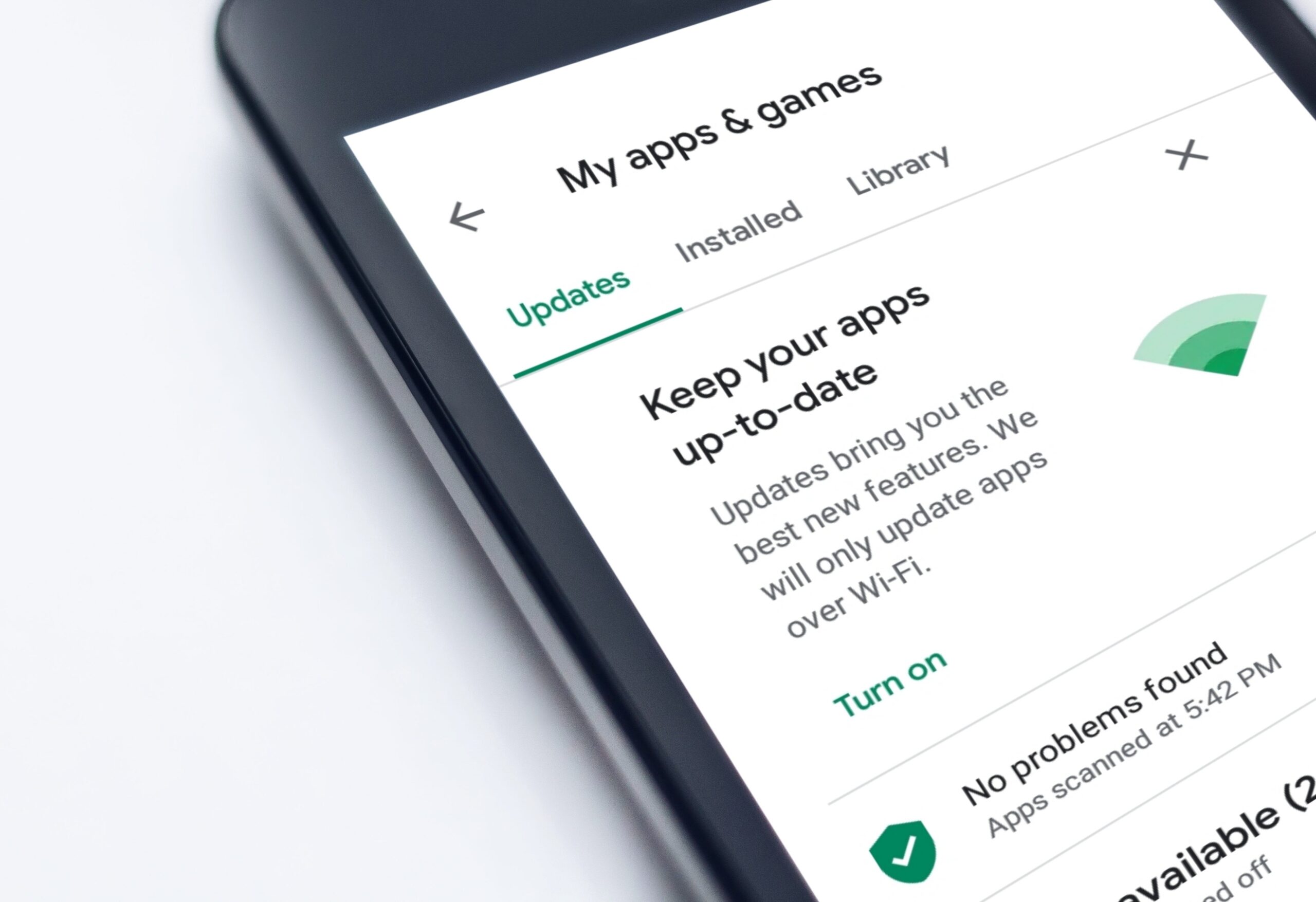Department’s digital team creates machine-learning tool for dealing with public enquiries
The Department for Transport has developed a prototype of a system that can allocate correspondence to the teams which are best placed to answer it.
The department receives 70,000 pieces of correspondence a year, including questions from MPs and emails from the public, most of which require a response.
Zach Arundel, a civil servant working in the DfT Lab, said machine learning had been developed to sort parliamentary questions by the team which is required to draft a response, with 90% accuracy.
The DfT Lab brings together staff from different disciplines to try out ideas. It is a new initiative of the Department for Transport Digital Service, which has scaled up in recent months.
In a GOV.UK blog, Arundel said the DfT Lab had asked the team in the minister’s office who process correspondence coming into the department for their “pain points”. They highlighted two issues, and this is where the DfT Lab team targeted their efforts.
First, that transposing data such as names and addresses from a scanned bit of mail to a database “takes time and can easily introduce errors”.
Second, that allocating correspondence to the right person in the department could be tricky, for a number of reasons including people changing jobs, and some letters being about unusual topics that are difficult to place or require a response from more than one team.
The first problem was easy to fix, said Arundel, using software such as the Stanford Named Entity Recognizer.
For the second problem – training a machine to allocate correspondence to the appropriate civil servants – the team initially focused on parliamentary questions because they are “quite short and already available in a digital format”, Arundel said.
Using 5,000 of these questions, he said they’d trained a “neural network” to recognise parliamentary questions and allocate them to the correct team with 90% accuracy.
“While 90% accuracy is pretty good for a proof of concept, it’s probably not good enough for an actual product, so [we] needed to train the machine further in order to make it really useful,” Arundel said.
But he added that sorting letters by the specific civil servant that needs to draft a response – rather than their team – will require more work. “Machine learning relies on big data sets to train, with thousands and thousands of entries. Most of us respond to less than 10 bits of correspondence a year,” he said.
The team is now working with the private office correspondence team to explore next steps for the technology.
Explaining that machine learning is a tool for all civil servants, Arundel quotes government’s independent review on growing the artificial intelligence industry in the UK: “The government will need to ensure that staff have the skills and practical tools needed to recognise and realise how AI can help them deliver their responsibilities and objective.”



